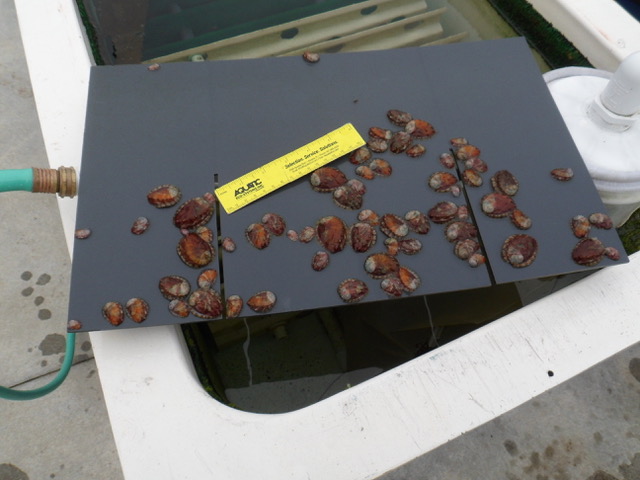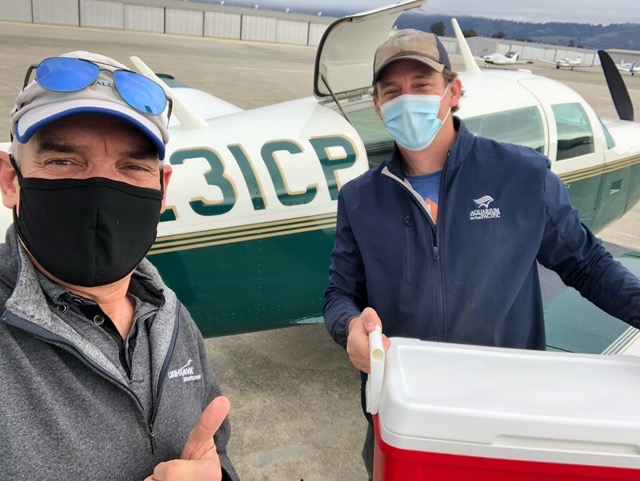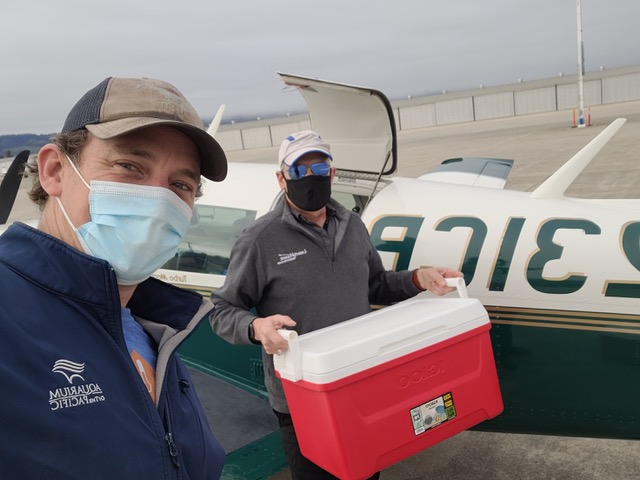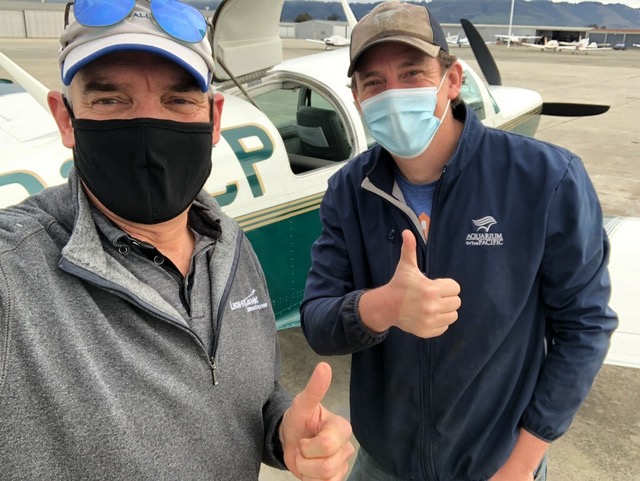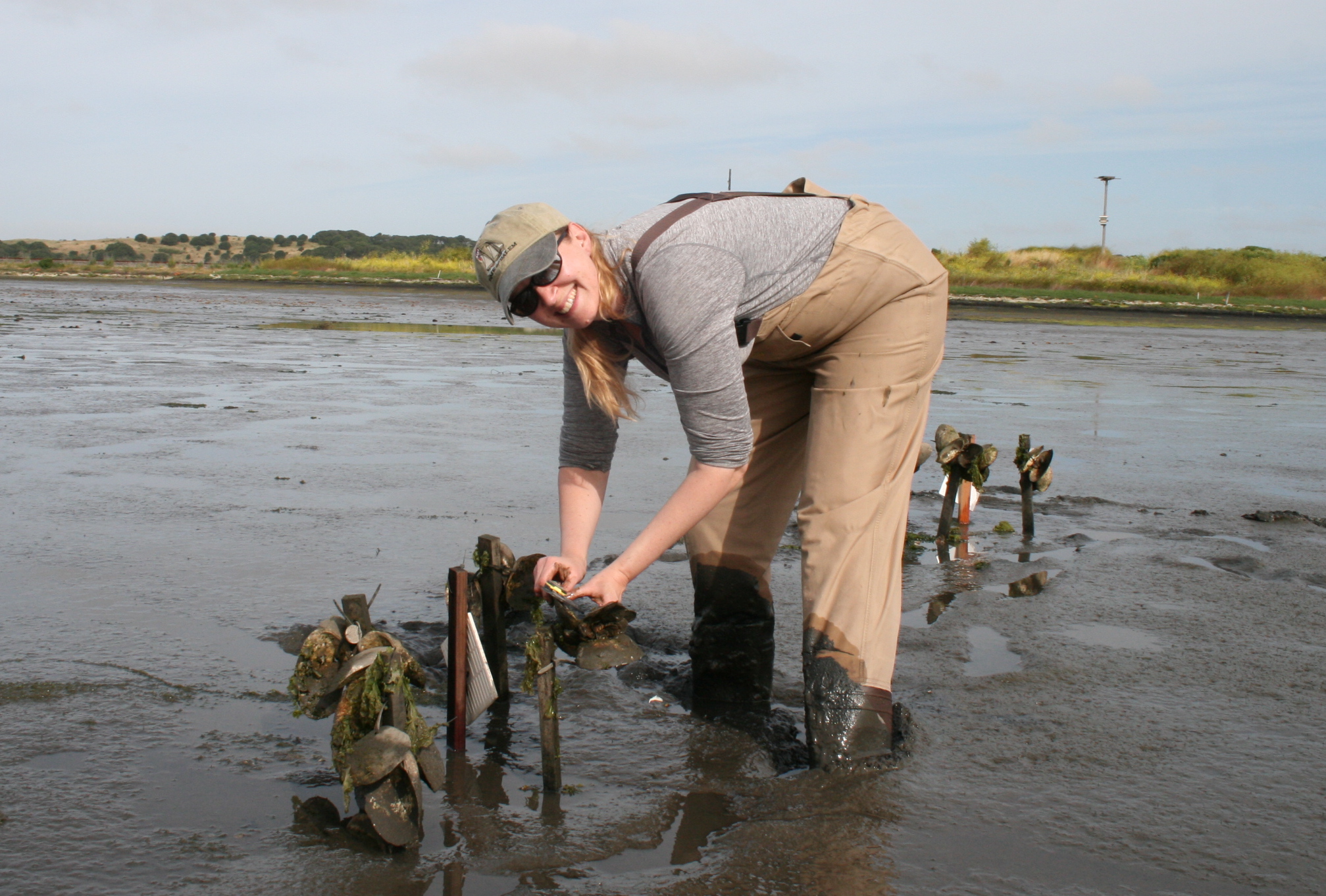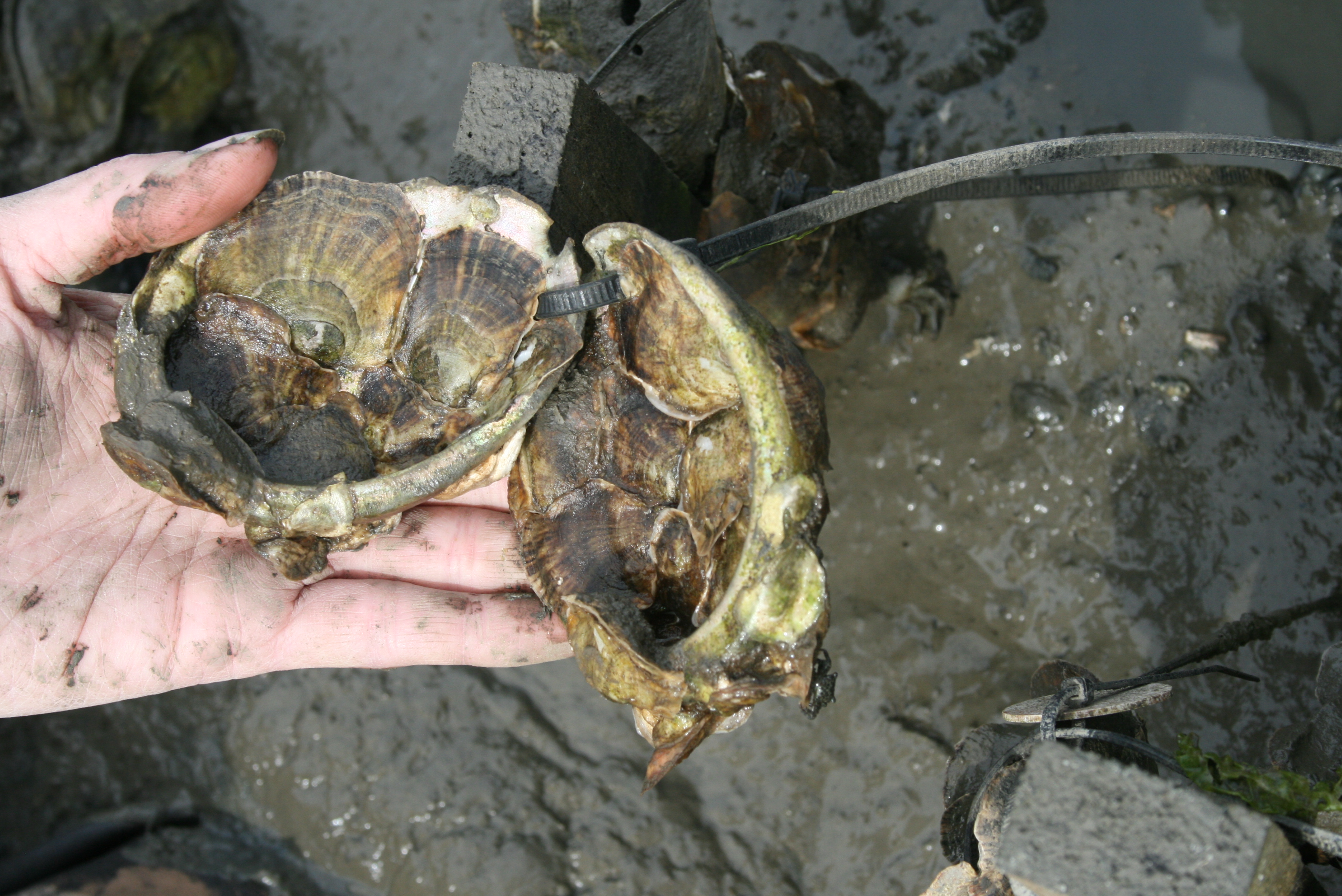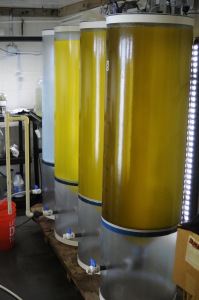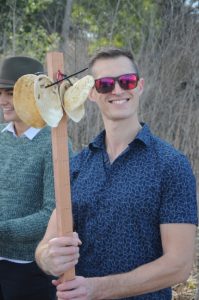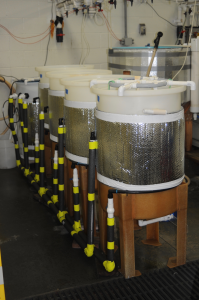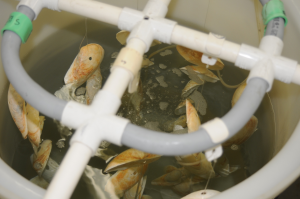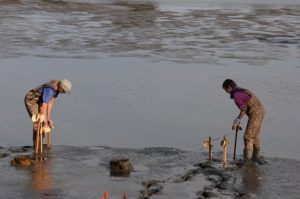Moss Landing Marine Labs researchers Peter Hain and Kayla Roy along with California Sea Grant Aquaculture Specialist Luke Gardner raised endangered white abalone at MLML's aquaculture facility from embryos to approximately 2 inches over the past 2 years. A total of902 abalone were sent on February 19th 2021 to The Bay Foundation staff where they will be pampered at the Southern California Marine Institute until they pass a health check and are ready to be released into the wild.
These endangered marine snails got the royal treatment and were flown by private plane from Monterey Bay to LA courtesy of LightHawk volunteer pilot David Houghton. The release of these abalone will be a big bump to their population which are estimated to be no more than a few thousand in the wild. This was part of a large effort coordinated by the White Abalone Captive Breeding Program based at University of California, Davis Bodega Marine Laboratory and includes over a dozen partners along the west coast of North America. The MLML portion of the project was funded by San Jose State University and NOAA's National Marine Fisheries Service.


